
Arthur Guinness, founder of the famous Guinness brewery
at Saint James’s Gate in Dublin, was born in Celbridge in 1725 and lived there
for 30 years.
The inventor of probably the world’s greatest beer, and Ireland’s most famous
export, is commemorated by a life-size bronze sculpture in the heart of the
village.
Created by local artist Jarlath Daly, it’s the only one of its kind anywhere in
the world.
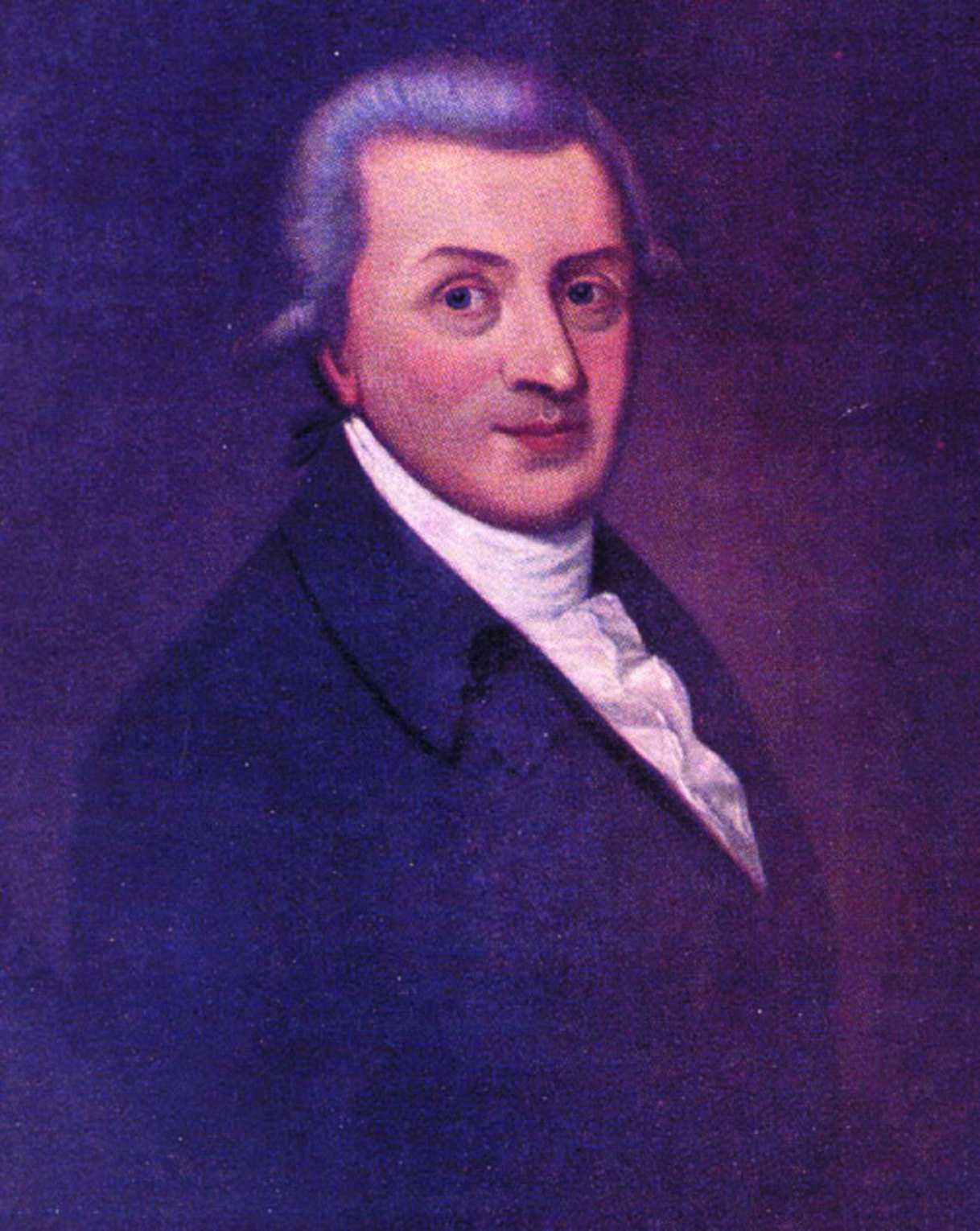
The Guinness birthplace sculpture, a focal point
of the North Kildare Guinness heritage, is a ‘must-visit’ feature for visitors
to the renowned Guinness Storehouse in Dublin (and indeed Guinness enthusiasts
generally).
The Arrow train from Dublin’s Heuston Station to Hazelhatch-Celbridge (a
15-minute trip) is a short walk from the Guinness Storehouse and Visitor Centre
and of other major Dublin tourist venues such as Kilmainham Gaol, Christchurch
Cathedral, the National Museum at Collins Barracks and the Zoological Gardens
in the Phoenix Park. From Hazelhatch-Celbridge station visitors can reach
Celbridge village and the other featured sites.
It’s a 2.4 kilometre walk to the village or you can call a cab: A –Z cabs 01-6270777 or Call a Cab
01-6270444. The 120 bus (Bus Eireann)
also stops at Heuston Station. Bus stop at
the Mill in Celbridge. The 67 bus
(Dublin Bus) also serves Celbridge.
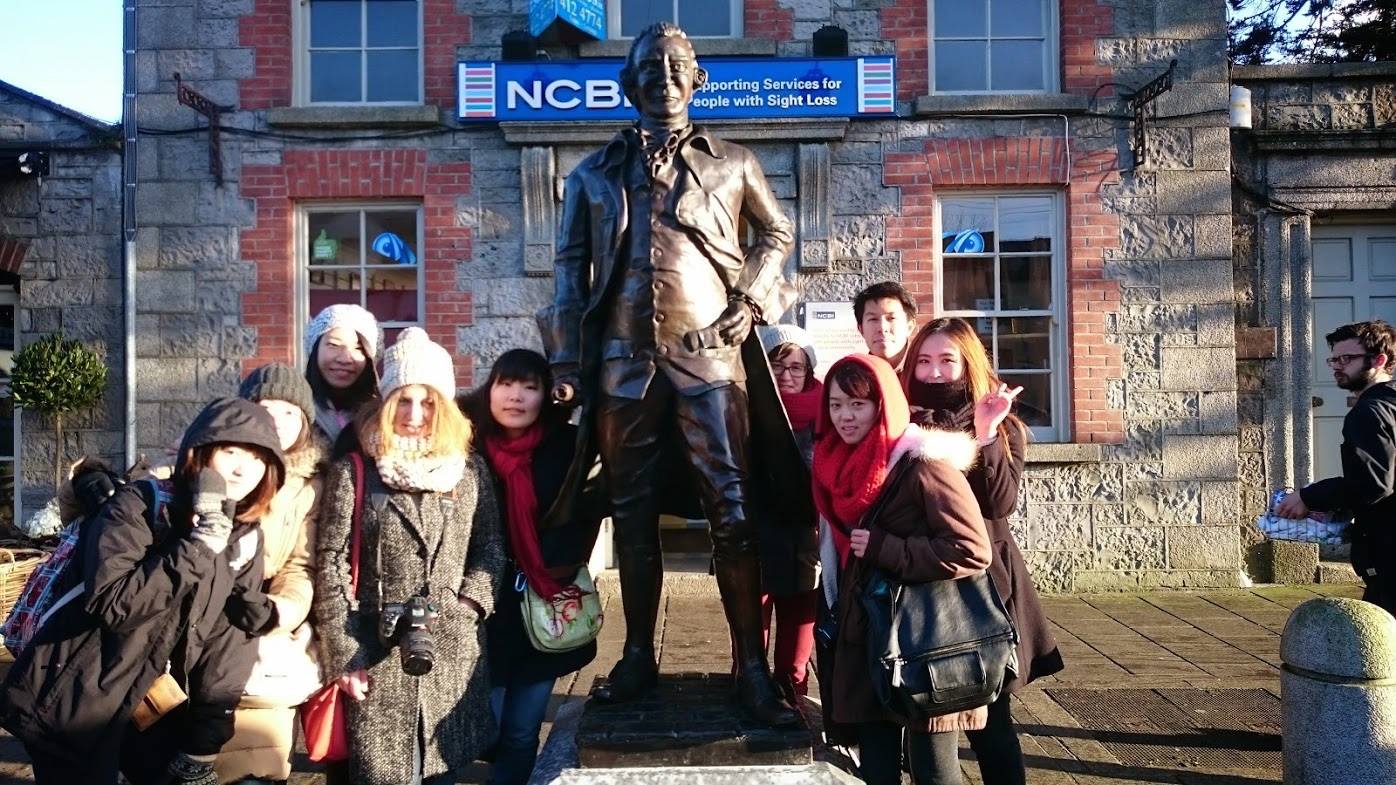
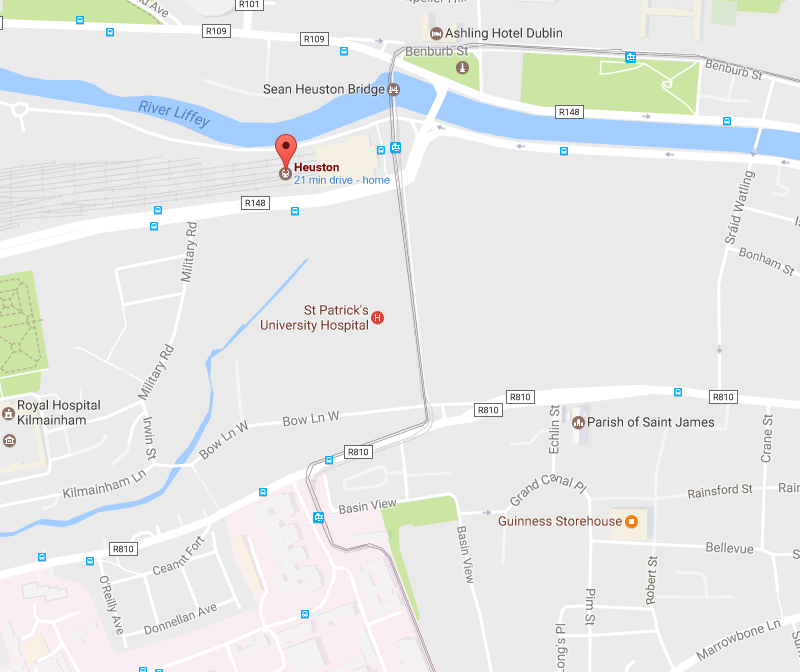
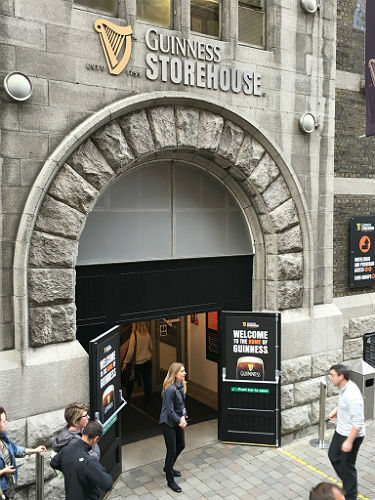
Not one, but two pubs in Celbridge village, The
Village Inn and The Duck, now share the site where Arthur was born. Where
better to learn how to pour the perfect pint of Guinness than at the very
birthplace of Arthur Guinness in the heart of Celbridge? An experience not to be missed.
Take your pick of pubs – or just visit them all!
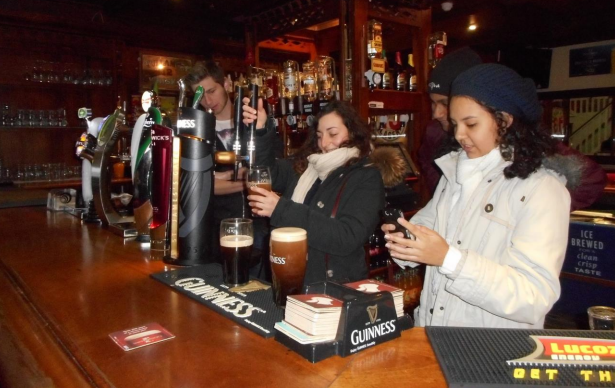
Arthur's father, Richard Guinness, came to
Celbridge as household agent to Dr Arthur Price, vicar of Celbridge and builder
of Oakley Park House (1724), later Archbishop of Cashel. Shortly afterwards,
Richard married a local farmer's daughter, Elisabeth Read, who, in common with
all women at that time, had the skill of brewing. In 1722 Dr Price bought
Carberry’s malt house. This became the home of Richard and Elizabeth and it was
here that their son Arthur was born in 1725. He was named after the vicar, who
also was Arthur’s godfather and who left him £100 in his will, which the young
entrepreneur used to set up his first brewery in nearby Leixlip. It was
from these beginnings that the Guinness brewing empire began. In 1759
Arthur Guinness moved his brewing enterprise to the site of a very run-down
brewery in St James's Street in Dublin. The rest is history.
A new 21st-century phase is now being added to the
brewing heritage of Celbridge with the opening of a major craft brewery the
‘Rye River Brewery’ and visitor centre at Donaghcumper on the Dublin Road.
Arthur Guinness died in 1803 at the age of 78.
The master brewer and pioneer of enterprise now rests in a stone-walled
hillside churchyard at Oughterard, a 15 minute drive from Celbridge, under an
ancient round tower. This
Early Christian monastic site is where Saint Bríga (Brigid) founded a monastery
in the 6th century. The early Irish manuscripts, or Annals, record
that Viking marauders under Sitric Silkenbeard burnt down the monastery in 995.
Now a very peaceful place in a rural setting of outstanding natural beauty,
Oughterard is the final stage on a heritage route tracing Arthur’s earlier life
from nearby Leixlip, his first brewery site, through his Celbridge birthplace,
to the Grand Canal - for many decades a transport route for the famous ‘black
stuff’ – on to this, his final
destination, to join his mother Elizabeth Read, and her people.
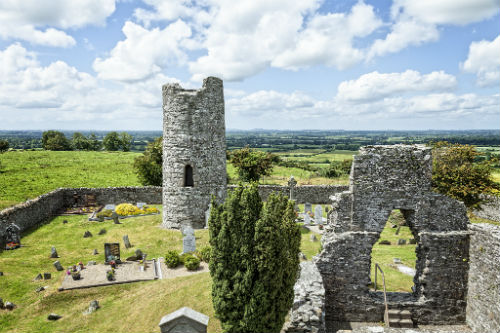

More details can be found at:
www.intokildare.ie/listing/arthurs-way/
and
dublinby.bike/dublin_west/biking-the-arthurs-way/